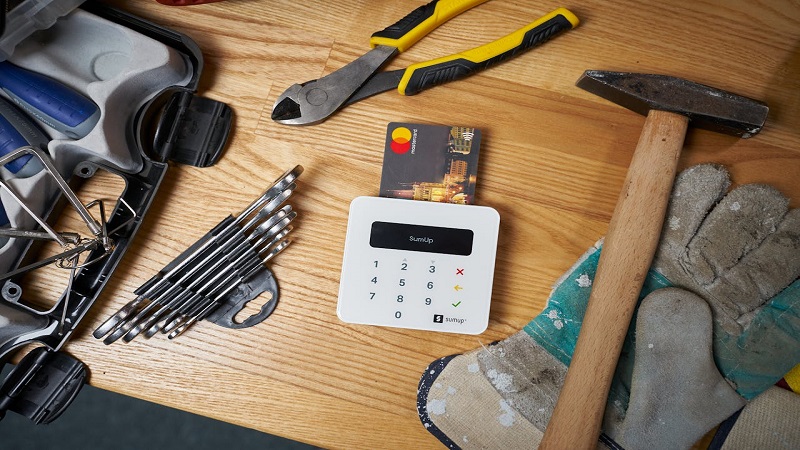In the evolving landscape of the hospitality industry, customer experience has become a paramount focus. One of the most impactful innovations driving this change is the Pay at Table solution. This technology is transforming how restaurants and other hospitality venues operate, creating a more efficient, enjoyable, and seamless dining experience.
The Shift to Digital
Traditionally, the dining experience involved multiple interactions between the customer and the server. From taking orders to delivering the check and processing payments, each step had the potential for delays and errors. The advent of Pay at Table solutions has streamlined this process, allowing customers to settle their bills directly from their tables using a handheld device or their own mobile phones.
Key Benefits
- Increased Efficiency: By enabling customers to pay at their tables, restaurants can significantly reduce the time servers spend processing payments. This efficiency allows staff to focus more on providing quality service, turning tables faster, and increasing overall productivity.
- Improved Accuracy: Pay at Table solutions minimize the risk of human error associated with manual entry of orders and payments. Digital systems ensure that the correct amount is billed and the right order is delivered, enhancing customer satisfaction.
- Enhanced Security: Digital payments are more secure than traditional methods. Pay at Table solutions often include encryption and other security measures to protect customer data, reducing the risk of fraud and chargebacks.
- Convenience for Customers: Customers appreciate the convenience of settling their bills without waiting for the server. This system caters to the growing preference for digital payments and offers various payment options, including credit cards, digital wallets, and contactless payments.
- Personalized Experience: With integrated customer data, Pay at Table solutions can offer personalized experiences. Restaurants can recognize returning customers, remember their preferences, and even offer tailored promotions, creating a more engaging and loyal customer base.
Implementing Pay at Table Solutions
To successfully implement Pay at Table solutions, restaurants should consider the following steps:
- Choose the Right Technology: Evaluate different Pay at Table solutions to find one that fits your restaurant’s needs. Consider factors such as ease of use, integration with existing POS systems, and the range of payment options supported.
- Train Your Staff: Proper training is crucial to ensure that your staff can efficiently use the new system and assist customers. Conduct comprehensive training sessions and provide ongoing support as needed.
- Promote the Service: Inform your customers about the new payment option through signage, menus, and staff recommendations. Highlight the benefits, such as faster service and enhanced security, to encourage adoption.
- Monitor and Adjust: Regularly review the system’s performance and gather feedback from customers and staff. Use this information to make necessary adjustments and improvements.
Real-World Success Stories
Many restaurants worldwide have successfully integrated Pay at Table solutions, reaping significant benefits. For instance, a popular restaurant chain reported a 20% increase in table turnover rates and a notable boost in customer satisfaction after implementing the system. Customers appreciated the reduced wait times and the flexibility to pay using their preferred methods.
Future Trends
The future of Pay at Table solutions looks promising, with continuous advancements in technology. Emerging trends include the integration of artificial intelligence to offer more personalized experiences, the use of blockchain for enhanced security, and the adoption of biometric payments for even greater convenience.
Conclusion
Pay at Table solutions are revolutionizing the hospitality industry by enhancing the customer experience and streamlining restaurant operations. As more establishments adopt this technology, we can expect a continued focus on creating efficient, secure, and enjoyable dining experiences for all customers.
